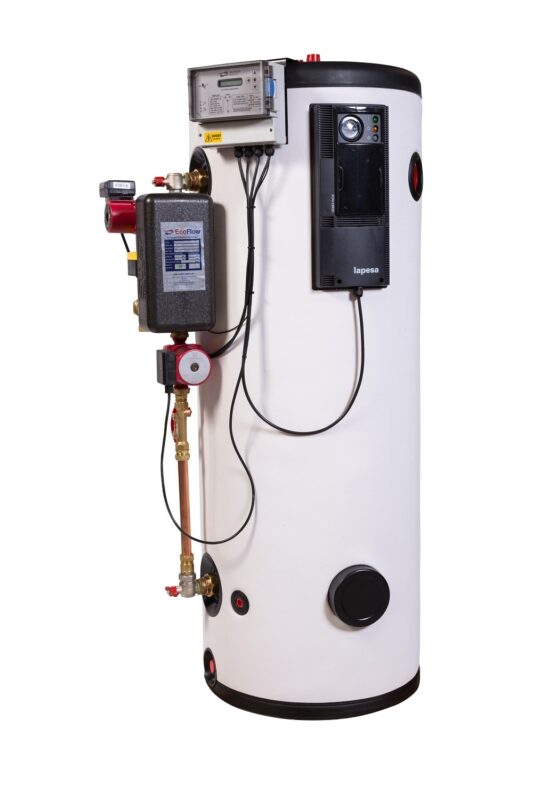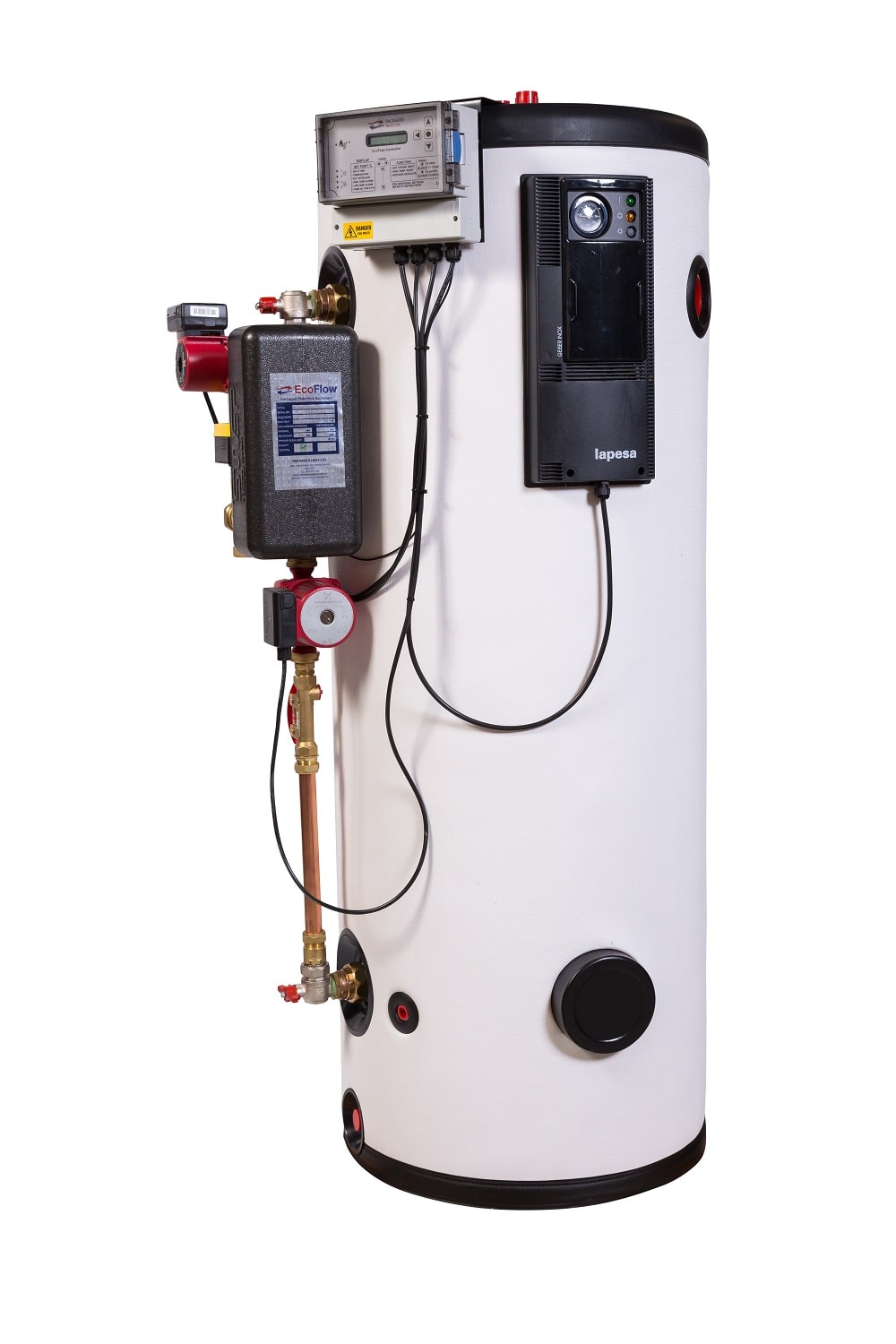The Ultimate Guide to Bespoke Buffer Tanks: Everything You Need to Know
In today’s world of advanced heating and cooling systems, the efficiency and reliability of buffer tanks have become paramount. Whether you’re involved in large district heating projects, small bespoke applications, or complex chilled water systems, understanding the intricacies of buffer tanks can significantly enhance your system’s performance. This article delves into Mibec’s bespoke buffer tank solutions, offering a comprehensive guide to why they are essential, how they are customised, and the benefits they bring to various applications.
Article Outline
- What is a Buffer Tank?
- Why Choose a Bespoke Buffer Tank?
- How are Bespoke Buffer Tanks Designed?
- The Importance of Specification in Buffer Tanks
- Applications of Buffer Tanks in District Heating
- Using Buffer Tanks in Chilled Water Systems
- Integrating Buffer Tanks with Biomass and CHP
- Customization Options for Buffer Tanks
- Why Mibec Stands Out in Buffer Tank Solutions
- FAQs about Bespoke Buffer Tanks
What is a Buffer Tank?
A buffer tank is a crucial component in heating and cooling systems that store and manage thermal energy. It acts as an intermediary between the heat source and the distribution system, ensuring a steady heating or cooling energy flow. This functionality is vital for maintaining efficiency and avoiding short cycling of the heating or cooling sources.
Buffer tanks are commonly used in various applications, including residential heating, commercial systems, and industrial processes. By storing excess thermal energy, they help maintain a constant output and improve the system’s overall performance.
Why Choose a Bespoke Buffer Tank?
Bespoke buffer tanks come into play when standard buffer tanks do not meet specific requirements. A bespoke buffer tank is custom-designed to fit the unique needs of a particular system or application. This customisation can include adjustments in size, material, insulation, and additional features like baffles and coils.
Choosing a bespoke buffer tank ensures that the tank meets the exact project requirements, which is crucial for optimising performance. Customisation can also lead to better integration with existing systems, enhanced durability, and improved efficiency.
How are Bespoke Buffer Tanks Designed?
The design process of a bespoke buffer tank starts with understanding the project’s specific needs. This involves a detailed consultation to gather information about the system requirements, the thermal load, and any special features needed.
Once the specification for the project has been agreed upon, a technical drawing of the tank design is produced. This drawing details every aspect of the tank, including dimensions, connections, and internal components. Using only the highest quality materials, the tank is manufactured precisely to ensure it meets the exact specifications.
Mibec takes pride in delivering products and solutions that stand the test of time. Their bespoke buffer tanks are precision-built using the highest quality materials, often with a 5mm thickness for added durability.
 BUFFER VESSELS UP TO 1000 LITRES
BUFFER VESSELS UP TO 1000 LITRES
The Importance of Specification in Buffer Tanks
Specifications are crucial when it comes to buffer tanks. The correct specification ensures that the tank performs optimally within the system. Factors to consider include the size of the tank, the type of insulation, the material of construction, and the internal components like baffles and coils.
A well-specified buffer tank can minimise heat losses, maintain a constant output, and extend the lifespan of the heating or cooling system. Customisable features like flow and return connections further enhance the tank’s compatibility with various systems.
Applications of Buffer Tanks in District Heating
District heating systems benefit significantly from the use of buffer tanks. In these systems, buffer tanks store excess heat generated during low-demand periods and release it during peak-demand times. This balancing act helps maintain a constant heat supply to the district, improving efficiency and reliability.
Buffer tanks in district heating systems must be robust and well-insulated to handle large volumes of hot water. They must also be precisely designed to fit into the overall system, ensuring seamless integration and optimal performance.
Using Buffer Tanks in Chilled Water Systems
Commonly used in commercial and industrial cooling applications, chilled water systems also benefit from buffer tanks. These tanks store chilled water and release it as needed to maintain a steady cooling output. This helps avoid the frequent cycling of chillers, which can lead to wear and tear and reduced efficiency.
In chilled water systems, the design of the buffer tank is critical. It must be insulated to prevent heat gain from the surroundings and sized appropriately to match the system’s cooling load. Customisable connections and internal components further enhance the tank’s functionality and integration with the cooling system.
Integrating Buffer Tanks with Biomass and CHP
Biomass projects and Combined Heat and Power (CHP) systems are becoming increasingly popular due to their efficiency and sustainability. Buffer tanks play a vital role in these systems by storing thermal energy generated from biomass or CHP units. This stored energy can meet high-demand periods or supplement the heat source when demand is low.
Mibec’s bespoke buffer tanks are ideal for such applications, as they can be customised to meet the requirements of biomass and CHP systems. This includes the ability to handle high temperatures and pressures and integrate seamlessly with existing infrastructure.
Customization Options for Buffer Tanks
Customisation is a crucial advantage of bespoke buffer tanks. Mibec offers a range of options to tailor the tank to meet specific needs. This includes:
- Size and Capacity: Tanks can be designed to hold various volumes, from a few hundred litres to several thousand litres, depending on the application’s requirements.
- Material and Insulation: Using only the highest quality materials, including options for different types of insulation to minimise heat loss.
- Connections and Components: Customisable flow and return connections, baffles, coils, and other internal components to enhance performance and compatibility.
- Durability Enhancements: Metal outer skin for increased durability during installation and operation.
These customisation options ensure that each buffer tank is ideally suited to its intended application, providing optimal performance and longevity.
Why Mibec Stands Out in Buffer Tank Solutions
Mibec has established itself as a leader in providing high-quality, bespoke buffer tank solutions. Their commitment to using the best materials and precision engineering ensures that their tanks meet the highest performance and durability standards.
Mibec’s bespoke buffer tanks are precision-built using only the highest quality materials. This dedication to quality ensures that the tanks are fully customisable to meet the exact project requirements and provide solutions that stand the test of time.
From initial design to final delivery, Mibec takes pride in delivering products and solutions that meet the unique needs of its clients. Whether a small bespoke tank for a residential system or a large buffer tank for a district heating project, Mibec ensures that every tank is tailor-made to suit the exact requirements.
FAQs about Bespoke Buffer Tanks
What is a bespoke buffer tank?
A bespoke buffer tank is a custom-designed thermal storage tank that meets specific project requirements, including size, material, insulation, and additional features.
How does a buffer tank work?
A buffer tank stores thermal energy and releases it as needed to maintain a steady flow of heating or cooling, preventing short cycling of the heat source.
Why are specifications necessary in buffer tanks?
Specifications ensure the buffer tank performs optimally within the system, minimising heat losses and maintaining a constant output.
What are the benefits of using buffer tanks in district heating?
Buffer tanks store excess heat during low-demand periods and release it during peak demand, ensuring a constant heat supply and improved efficiency.
How are buffer tanks used in chilled water systems?
Buffer tanks in chilled water systems store chilled water and release it as needed to maintain a steady cooling output, reducing the cycling of chillers and improving efficiency.
Can buffer tanks be integrated with biomass and CHP systems?
Buffer tanks can store thermal energy generated from biomass or CHP units, supplementing the heat source and meeting high-demand periods.
What customisation options are available for buffer tanks?
Customisation options include size and capacity, material and insulation, connections and components, and durability enhancements to meet specific project requirements.
Why choose Mibec for bespoke buffer tank solutions?
Mibec offers high-quality, precision-built buffer tanks that are fully customisable, ensuring optimal performance and durability for any application.
Summary
- Buffer Tanks: Essential for maintaining efficiency in heating and cooling systems by storing thermal energy.
- Bespoke Solutions: Custom-designed to meet specific project requirements, enhancing performance and integration.
- Design and Specification: Critical for ensuring optimal performance and durability.
- Applications: Widely used in district heating, chilled water, biomass projects, and CHP systems.
- Customisation: Options include size, material, insulation, connections, and internal components.
- Mibec: A leading provider of bespoke buffer tank solutions known for high-quality materials and precision engineering.
For more information and to explore bespoke buffer tank solutions, visit Virdis Energy.














